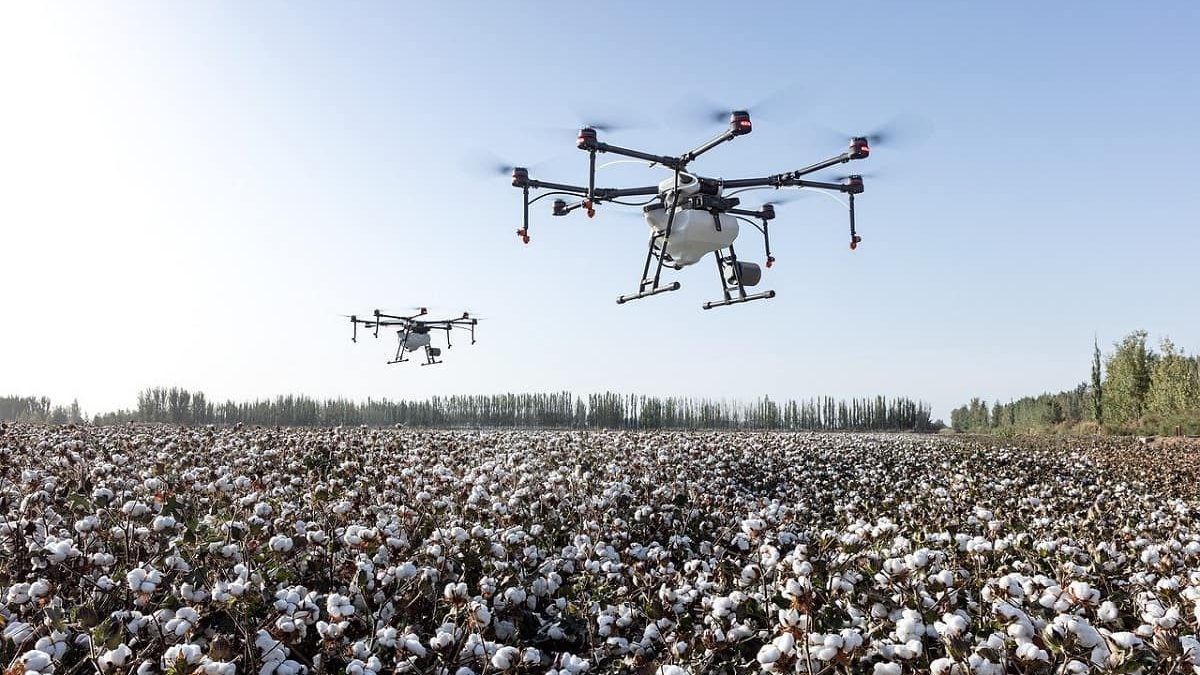Table of Contents
Drone Definition
The Drone is a small flying device usually equipped with a camera or other tools depending on the type of function for which it is designed.
Although its origin dates back to military purposes. Its low cost and functionality allow it to introduce in the market in different economic sectors, presenting enormous advantages and advances for various industries.
Different Uses of Drones
- Nowadays, the design of drones is for different purposes with tools that facilitate particular activity. For example, some equip with extraordinary cameras that make them ideal for the photographic industry, cinema, cartography, and construction.
- Others, meanwhile, are tough, fast, and strong, design to delivery, assist in farming tasks. And also, put out fires, and even to compete in drone races.
- In the future, it is thought that the use of the drone will be to deliver without any human assistance. And also, to carry out livestock, grazing, agriculture and other tasks that require automation.
How does a drone work?
- In general, drones have four motors that spin blades on their axes at enough speed to generate air down and propel the drone. These are powered by batteries, which limits their usage time in the air.
- Drones are made of lightweight materials. Such as carbon fiber for points which require resistance, plastic in less crucial places. And some small metal parts such as motors.
- Also, the device has sensors (proximity, altitude, GPS and cameras). As well as a computer that receives the instructions from the remote and transmits them to the engines. Some drones stabilize by the computer to assist the user.
- The Best Drones on a budget – Under $200
How drones are, and what models exist?
#1. According to the wings
- Fixed wings: Drones similar to small airplanes in their design and flight form, move much faster than traditional ones, are easier to program and automate through their sensors. But they cannot suspend in one place.
- Multirotor: Those that are traditionally known as drones, have several propellers that give the device greater agility, stability and the ability to change direction easily. They usually use 4, but they can have eight or even more.
#2. Depending on where it will be used
- Indoor: Indoor drones are usually smaller and less stable, in addition to having some elements to withstand shocks and bad landings. They are lighter and recommended for beginners.
- External: These drones are the most common, are resistant, larger and are able to remain stable in the face of wind attacks.
#3. According to the size
- Small: Nano drones or mini drones fit in the palm of your hand and have minimal functions that can assist the operator in specific tasks.
- Large: They have enough strength and power to assist a fire department in a rescue effort or put out a fire, transport items of a certain weight and size, and take high-quality video footage.

